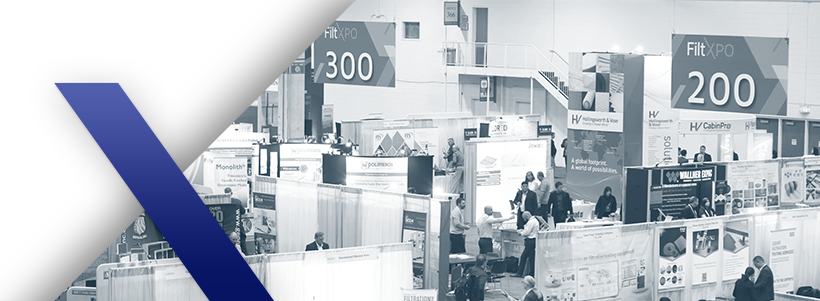Conference Speakers

Lisa Greenfield, CAFS
National Indoor Air Quality Specialist, Erlab USA
BIOGRAPHY
Lisa Greenfield is an experienced educator with almost 20 years teaching in public schools, Head Start, and Early Head Start Preschool Programs. Lisa is a dedicated consultant for the education of others regarding the importance of indoor air quality and the implementation of technologies to mitigate indoor air pollution. She is the National Indoor Air Quality Specialist for Erlab USA. Educated at Drake University, she is also a CAFS (Certified Air Filtration Specialist) serving on the Board of Advisors for Wail of a Tale Productions, the USA Ambassador for the World Filtration Institute, and Fellowship Coordinator for the SAFE Indoors Campaign and ASAP Council.9:10 am - 10:40 am
The Importance of Indoor Air Quality: Assessing, Addressing and Assuring Quality Indoor Air through Proven Strategies and Technologies
Poor indoor air quality (IAQ) is a pervasive issue that often goes unnoticed, affecting people's health in ways they may not fully comprehend. This is especially true for children who are more vulnerable to poor air quality due to their developing respiratory systems. In fact, asthma, a leading cause of school absenteeism, is just one example of how poor IAQ disproportionately affects our younger generation. The risks extend beyond immediate health concerns, potentially leading to long-term and irreversible damage.
In this presentation we will explore the various dimensions of indoor air pollution and the significant impact it has on our daily lives. This includes long-term and sometimes irreversible health consequences. We will also discuss the financial implications of poor IAQ, which include reduced cognitive abilities, diminished productivity, higher rates of absenteeism, and increased healthcare costs.
The good news is that we have the tools and knowledge to address this challenge. Through accurate monitoring, comprehensive filtration systems, and strategic interventions, we can create environments that promote health and well-being.
This presentation will empower the audience with knowledge and actionable insights, emphasizing the urgency of prioritizing IAQ improvements and advocating for continuous monitoring to ensure sustained healthy indoor environments in schools. It will cover the following key areas:
• The Invisible Threat: Understanding the dangers of poor IAQ.
• Health Impacts of Poor IAQ: Deep dive into specific pollutants and their effects on our health.
• Financial Ramifications: Connecting the dots between poor IAQ and its financial impacts.
• Children, the Elderly, Immunocompromised and People of color: Exploring the most vulnerable populations and locations where IAQ needs the most improvements.
• What is Out of Sight, May Be Out of Mind: Creating a plan to address needed change. Shifting perspectives from reactive to proactive IAQ management.
• Industry Standards and Policy: The role of ASHRAE and Governmental agencies and organizations in setting standards and creating policies to support and enforce them.
• How to Improve IAQ: The three-step process of Assess, Address, and Assure, with practical strategies for improving IAQ in schools.
• Recommended, tested, and effective technologies. What do the experts say and what are their recommendations?
• The Benefits of Improved Indoor Air Quality: Individual, institutional and societal.
We are all products of our environment. What we eat and drink, including the air we breathe. By understanding the risks of inaction, embracing proactive solutions, and committing to continuous improvement, we can collectively work towards cleaner indoor air and healthier environments.
8:00 am - 5:00 pm
The Importance of Indoor Air Quality: Assessing, Addressing and Assuring Quality Indoor Air Through Proven Strategies and Technologies
Poor indoor air quality (IAQ) often goes unnoticed but significantly affects health, especially in children, leading to conditions like asthma. This presentation covers indoor air pollution's long-term health and financial impacts, emphasizing proactive IAQ management through monitoring, filtration, and interventions. Key topics include understanding IAQ dangers, health impacts, financial ramifications, and improvement strategies. By prioritizing IAQ, we can create healthier environments and reduce long-term risks

